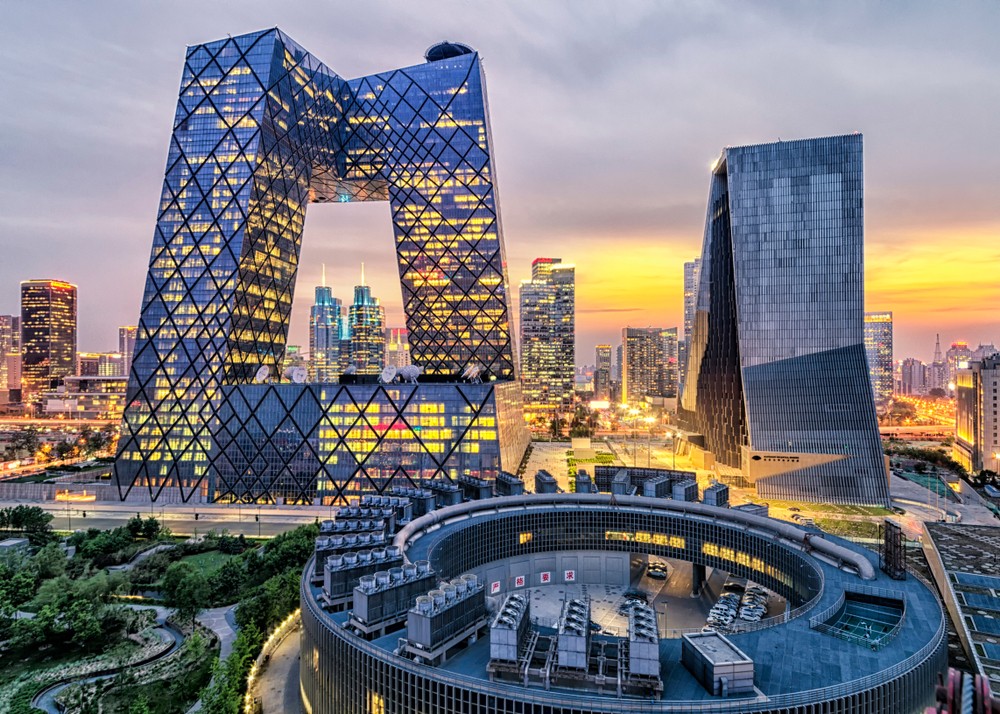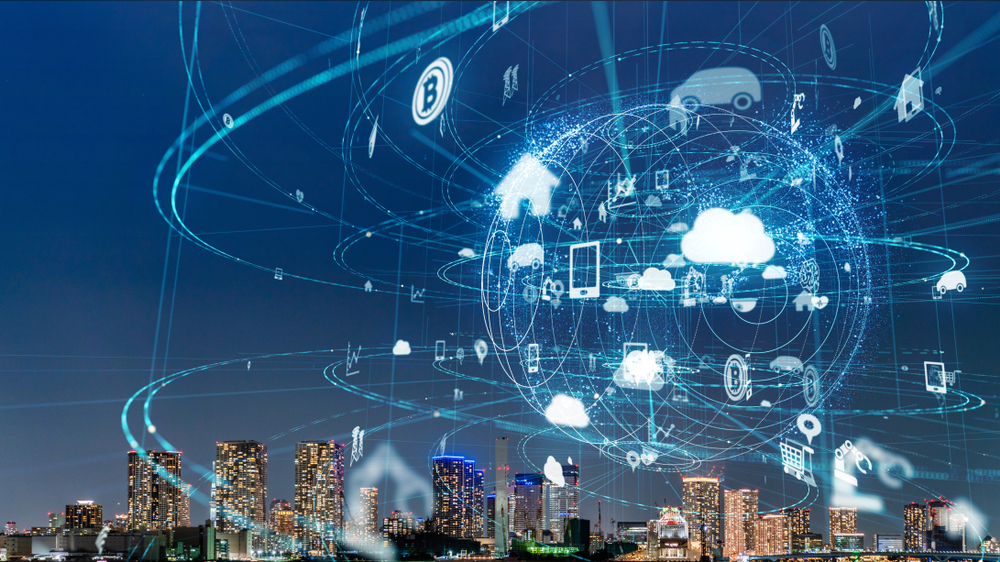I WANT
RELATED LINKS
I WANT
RELATED LINKS
RELATES LINKS
I WANT
RELATES LINKS
Services
Related Links
Use and Management of Cookies
We use cookies and other similar technologies on our website to enhance your browsing experience. For more information, please visit our Cookies Notice.
- Personal Banking
- Stories & Tips
- Life Style
- Smart City and its Components
- Personal Banking
- ...
- Smart City and its Components
Smart City and its Components
Smart City and its Components
12-05-2021
The United Nations assumes that the world population will increase to 2 billion within 2050. As a result, the number of Mega Urban City will be extended in the next 15 years. On the current average statistics, 55% of the world population live in urban areas and 45% live in the countryside. In the next 30 years, it’s presumed that the world population in urban areas will increase to 68%. In Thailand, the number of people living in cities is about 50% regarding to research by Siemens.
Apart from the potential for an increasing number of Mega Urban City, the world situation has also changed rapidly due to climate change or severe pandemics. Those factors lead to development in big cities and many preparations to cope with those situations and thus become a significant mission, for example; the management of infrastructure, education, environment and housing, social and public health services. All those challenges can’t be solved by existing technology while the growing trend of urbanization and digitalization have been developed in a new dimension for city people. Therefore, “Smart City” is an answer to help manage new development and the rise of the megacities is a cause for building the Smart City.
Smart City is a city that utilizes advanced technology and innovation to enhance the efficiency of services and urban planning, to reduce the cost and resources used by the city and target population. This ideal city focuses on a good design and the participation of the business sector and people in developing the city under the concept of a better and modern city where city people will live happily and sustainably, and have a good quality of life. Smart City is divided into several categories.

Smart Environment: Smart City is a city that utilizes advanced technology and innovation to enhance the efficiency of services and urban planning, to reduce the cost and resources used by the city and target population. This ideal city focuses on a good design and the participation of the business sector and people in developing the city under the concept of a better and modern city where city people will live happily and sustainably, and have a good quality of life. Smart City is divided into several categories.
Smart Economy: The city that uses digital technology to create value-added economic systems and environmental management efficiently such as Smart Agricultural City, Smart Tourism City, etc.
Smart Energy: The city that has the capability to manage energy effectively, creates a balance between production and the use of energy in the area to build stable energy and decrease energy dependency from the main electricity network.
Smart Governance: The city that develops a governmental service system with a focus on transparency and engagement to facilitate people who need to access government news and information. That development will be improved continuously through the application of service innovation.
Smart Living: The city that develops facilities with consideration in Universal Design to promote a good quality of life and health of people so they can live a safe and happy life.
Smart Mobility: The city that emphasizes the development of smart traffic and transportation system to drive the country by elevating efficiency and connection between transportation systems and various travel, increasing convenience and safety in that connection, and being environmentally friendly.
Smart People: The city that strives for developing knowledge, skills, and an environment that empower lifetime learning, reduce inequality in society and economics, and pave the way for creativity, innovation, and people engagement.

There are 3 technological components to make the Smart City possible.
1. Smart Grid: Smart Grid is an electrical grid that makes use of technologies to integrate work such as sensor and automated control systems to allow electrical power systems to know real-time of different status, including Information System, Input System, and Information Analysis System. Consequently, the Smart Grid can respond to user demands wisely, has more capability to use fewer resources, composes of efficiency, reliability, safety, sustainability, and more importantly, being earth-friendly. Besides, Smart Grid has to cover the whole electrical system from production, transmission, and distribution to the electrical user systems.
2. Smart Building: Within 2050, over 70% of the world population will reside in the buildings and much more in the future. That means the expectation of the dwellers will be higher accordingly. The building structure is more than just a wall and roof, and it should provide more convenience and safety for the residents. Therefore, the building must be equipped with a smart system to meet the resident's needs. The facilities should be well-adjusted to uncertain environments and environmentally friendly.
3. Smart ICT: Smart Information and Communication Technology: This year, more than 50 billion devices will be connected, and 1 out of 5 devices will be used in the buildings. That means a massive volume of information will be created. The main concern is how we can make use of that information and analyze them so that the city manager can be flexible while it can meet the demands of the community and individual at its maximum potential. Smart City will truly happen if all those 3 components are fully integrated.
Samples of Smart City
Amsterdam
Amsterdam has cooperated with giant companies like Philips, Cisco, IBM, and many small firms to develop and enable green cities with the concept of Go green…Being environmentally friendly. Those companies work together to create Amsterdam a center for technology. Amsterdam is now a Smart City model for other European cities. Many projects were implemented several years ago and that makes Amsterdam a very green city. If you walk along Climate Street, you will experience technologies, for example; trash is picked up by an electric garbage truck that is not polluted. Bus signs, billboards, and street lights use solar power, thousands of households are equipped with an energy-saving roofs. This idea has been spreading to other parts of the city rapidly. The power supply points are installed extensively for electric cars so drivers can recharge their car batteries instead of gas filling.
Xinjiang
Xinjiang is the city of oil/gas production remotely located in the northwest of China. The city has been changed rapidly by the widespread adoption of smart technologies. The city becomes remarkable due to the idea of connecting IT (Information Technology) to a variety of people's lifestyles. The Smart City of China does not place importance on construction as much as technology connection. Every bus station installs electronic monitors to display bus routes and mobile phone links to the bus system. Passengers can check accurate bus schedules via mobile apps to ease traffic congestion. Cameras are installed throughout the city and people can access websites to track real-time road traffic through their mobile phones. Each house installs panic buttons to call for emergency help when needed. When the elderly press that button, they will be reached out promptly. The central government also has a real-time tracking system to follow up a number of unemployment in the city so the problems are solved productively in a timely manner.
Copenhagen
Copenhagen is another super Smart City in the World. Copenhagen aims to reduce carbon dioxide emissions to zero by 2025. That mission has accelerated the technology revolution to protect the environment. The city also attempts to create a sustainable living by using smart functions to control street lights and use solar power in public locations. It’s the city where public transportation is quite superb in Europe. People can access the city information via an app to find parking spaces. The smartphone can control the open and closed functions of household electrical appliances, including the bicycle trade network. These have elevated Copenhagen to make much progress in being a Smart City.
Thailand is also in the midst of developing many provinces to be Smart cities such as Bangkok, Krabi, Phuket, Khon Kaen, Chanthaburi, and Chonburi. We look forward to seeing the completion of our Smart City. Once we achieve our goal, we hope Thai people will live in a better environment for better living.
References
https://smartcitythailand.or.th/
https://www.iurban.in.th/greenery/10-impressive-smart-cities-earth/
